detail profile hito steyerl
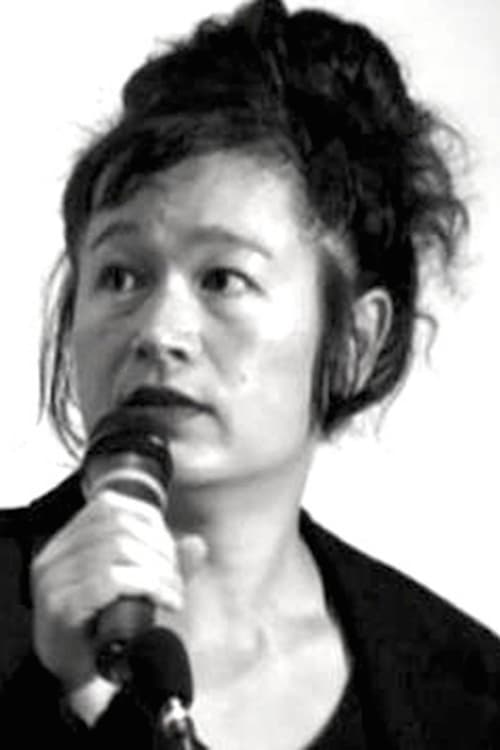
Riwayat Hidup
Hito Steyerl (born 1966 in Munich) is a German filmmaker, visual artist, writer, and innovator of the essay documentary.
Her principal topics of interest are media, technology, and the global circulation of images.
Steyerl holds a PhD in Philosophy from the Academy of Fine Arts Vienna.
She is currently a professor of New Media Art at the Berlin University of the Arts, where she co-founded the Research Center for Proxy Politics, together with Vera Tollmann, Maximilian Schmoetzer, and Boaz Levin.
Info Pribadi
Peran Yang Di Mainkan Hito Steyerl
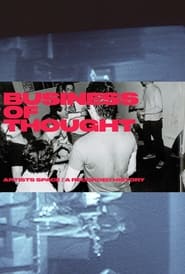 An oral history of Artists Space...
An oral history of Artists Space...The Business of Thought: A Recorded History of Artists Space 2020
An oral history of Artists Space, the legendary New York artists organization. Told through the voices of the artists, critics and curators who formed it, the film is narrated by voiceover culled from 30 hours of archival cassette tape interviews over a 45 year period. Artists such as Laurie Anderson, Mike Kelley, Hito Steyerl and David Wojnarowicz walk us through the decades. A formally-experimental and raucously-told chronology composed of rare archival documentation, The Business of Thought... is a reminder of the radical potential of the arts and the importance of collective, cultural spaces.
 Hito Steyerl reveals her most recent...
Hito Steyerl reveals her most recent...Drill 2019
Hito Steyerl reveals her most recent installation in the U.S. to date, commissioned by the Armory and curated by Park Avenue Armory’s visual arts curator Tom Eccles. Steyerl utilizes both the Wade Thompson Drill Hall and historic interiors of the building in mounting both pre-existing works as well as new projects commissioned by the Armory in her ongoing illumination of the world’s power structures, inequalities, obscurities, and delights. When viewed collectively, this material allows the viewer to zoom in on and out from some of the most complex and pressing issues of our time.
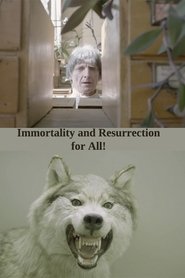 The last film in Vidokles trilogy...
The last film in Vidokles trilogy...Immortality and Resurrection For All! 2017
The last film in Vidokle's trilogy on Cosmism is a meditation on the museum as the site of resurrection-a central idea for many Cosmist thinkers, scientists and avant-garde artists. Filmed at the State Tretyakov Gallery, the Moscow Zoological Museum, The Lenin Library, and the Museum of Revolution, the film looks at museological and archival techniques of collection, restoration and conservation as a means of the material restoration of life, following an essay penned by Nikolai Federov on this subject in the 1880s. The film follows a cast comprised of present-day followers of Federov, several actors, artists and a Pharaoh Hound that playfully enact a resurrection of a mummy, a close examination of Malevich's Black Square, Rodchenko's spatial constructions, taxidermied animals, artifacts of the Russian Revolution, skeletons, and mannequins in tableau vivant-like scenes, in order to create a contemporary visualization of the poetry implicit in Federov's writings.
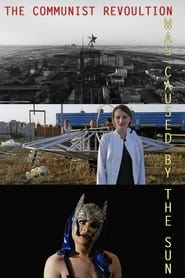 The second installment of Anton Vidokles...
The second installment of Anton Vidokles...The Communist Revolution Was Caused By The Sun 2015
The second installment of Anton Vidokle’s trilogy on Russian cosmism, The Communist Revolution Was Caused By The Sun, looks at the poetic dimension of the solar cosmology of Soviet biophysicist Alexander Chizhevsky. Shot in Kazakhstan, where Chizhevsky was imprisoned and later exiled, the film introduces Сhizhevsky’s research into the impact of solar emissions on human sociology, psychology, politics, and economics in the form of wars, revolutions, epidemics, and other upheavals. It aligns the life of post-Soviet rural residents and the futurological projects of Russian cosmism to emphasize that the goal of the early Soviet breakthroughs aimed at the conquest of outer space was not so much technical acceleration, but the common cause of humankind in their struggle against the limitations of earthly life.
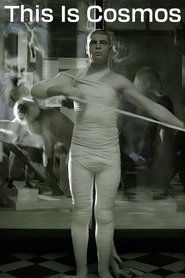 Based on the ideas of Russian...
Based on the ideas of Russian...This Is Cosmos 2014
Based on the ideas of Russian philosopher, Nikolai Fedorov, Anton Vidokle’s film was shot in Siberia, Crimea, and Kazakhstan. Fedorov, like others, believed that death was a mistake, “because the energy of cosmos is indestructible, because true religion is a cult of ancestors, because true social equality is immortality for all.” Fedorov was one of the Cosmo-Immortalists, a surge of thinkers that emerged in Russia in the late 19th and early 20th centuries. They linked Western Enlightenment with Russian Orthodoxy and Eastern philosophical traditions, as well as Marxism, to create an idiosyncratically concrete metaphysics. For the Russian cosmists, cosmos did not mean outer space: rather, they wanted to create “cosmos” on earth. “To construct a new reality, free of hunger, disease, violence, death, need, inequality – like communism.”
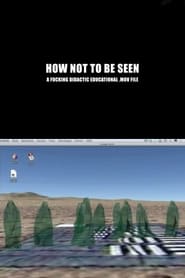 How Not to Be Seen A...
How Not to Be Seen A...How Not to Be Seen: A Fucking Didactic Educational .MOV File 2013
How Not to Be Seen: A Fucking Didactic Educational .MOV File (2013) mocks an instructional film on the idea of becoming invisible in the digital world.
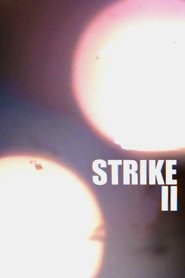 In Strike II the artist and...
In Strike II the artist and...Strike II 2012
In Strike II, the artist and her daughter hit the camera with a pair of hammers, attacking image-making apparatus and representation.
 Abstract 2012 is a return to the...
Abstract 2012 is a return to the...Abstract 2012
Abstract (2012) is a return to the contested narrative of Andrea Wolf’s death, with Steyerl traveling to Kurdistan in search of information about her friend's murder. The work links cinematic shooting and military warfare together, implicating Germany’s role in the operation. This has been screened in the past as a dual-channel work. But in this case it has been re-purposed by the artist as a split screen film. (KG) From e-flux: Abstract presents a scenario in which the violence of warfare and the violence of aesthetics twist around each other. The two-channel video visits the site where Steyerl’s friend Andrea Wolf was killed in 1998, but through a prism that refracts cinematic language against the weapons that killed her friend. As the site and circumstances of her death fold into the act of witnessing it from a distance, the ethical burden of identifying those responsible also appears to live and die with the debris that still remains at the site of the helicopter attack.
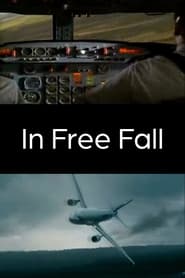 The space of the junkyard allows...
The space of the junkyard allows...In Free Fall 2010
The space of the junkyard allows various ‘crash’ narratives to unfold, with the stories of actual crashes and the remnants and afterlife of these machines becoming metaphors for economic decline. This is an investigation of planes as they are parked during the economic downturn, stored and recycled, revealing unexpected connections between economy, violence and spectacle, finding perfect example in the form of the Boeing 4X-JYI, an aircraft first acquired by film director Howard Hughes for TWA, which was subsequently flown by the Israeli Airforce before finding its way to the Californian desert to be blown up for the Hollywood blockbuster Speed. Through intertwined narratives of people, planes and places Steyerl reveals cycles of capitalism incorporating and adapting to the changing status of the commodity, but also points at a horizon beyond this endless repetition.
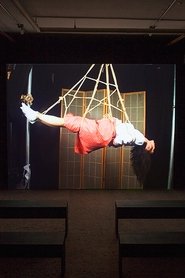 If all pictures became current in...
If all pictures became current in...Lovely Andrea 2007
If all pictures became current, in that they pass by and in doing so, are connectable with one another, whether elegantly or obscenely, through translation or associationhow would it be possible to fasten down a picture? Hito Steyerls light-hearted picture translations are about fastening things in an elegant-obscene way: In Tokyo she is looking for a photo series that she posed for in 1987 as a rope bondage model. While making inquiries with experts and authorities in the bondage arts (which are mainly marketed online nowadays), she found what she was looking for in a magazine archive. The cinematic tension is extremely high just now says the translator while Steyerl looks through photos of herself from her days as a film student.
 In 1947 two years after the end...
In 1947 two years after the end...Journal No. 1 - An Artist's Impression 2007
In 1947, two years after the end of the Second World War, Film Journal No. 1 was released in Sarajevo. Fifty years later, after the collapse of the Communist bloc, this newsreel was lost in the confusion of the fighting in Yugoslavia. In Journal No. 1 Hito Steyerl attempts to find out how the footage got lost and what was on this document from the Sutjeska studio. In the simultaneous projection of Journal No. 1 the ‘unattainability of an historical zero hour of the national identity’ takes concrete form: The lost newsreel reports on a literacy campaign as well as Muslim women confidently removing their headscarves. We listen however to eyewitnesses trying to recapture the lost content and we see the artist Arman Kulasic making a number of drawings that resemble the story-boards for the lost film. What appears to be moments of great change remain limited by subjective and uncertain memory. The film was premiered at documenta 12.
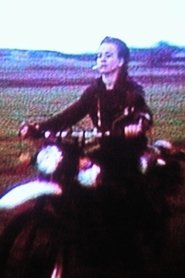 In the eighties Hito Steyerl shot...
In the eighties Hito Steyerl shot...November 2004
In the eighties, Hito Steyerl shot a feminist martial arts film on Super-8 stock. Her best friend Andrea Wolf played the lead role, that of a woman warrior dressed in leather and mounted on a motorcycle. The engagement expressed in the formal grammar of exploitation films later became Wolf’s political praxis: She went to fight alongside the PKK in the Kurdish regions between Turkey and northern Iraq, where she was killed in 1998. Now honoured by Kurds as an “immortal revolutionary,” her portrait is carried at demonstrations.
 What is declared normal by some...
What is declared normal by some...Normalität 1-10 1999
What is declared normal by some and accepted as such by the majority sometimes represents a concrete threat to others. Normality 1-10, a series of short video essays, registers everyday neo-fascist violence as being an instrument of such "normalization." In a matter-of-fact and at the same time insistent manner, Hito Steyerl offers a richly detailed report on the growing number of anti-Semitic and racist attacks - on cemeteries, monuments and human beings - in both Austria and Germany. In a sober visual language, she develops a number of forms and styles of commentary to pose questions concerning the social structures inherent to this variety of violence and their representation. From sixpackfilm.com
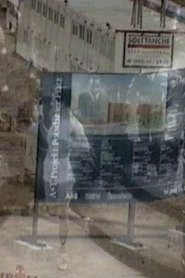 Steyerls film traces the impact of...
Steyerls film traces the impact of...The Empty Center 1998
Steyerl’s film traces the impact of an influx of transnational companies on the city dwellers of Berlin in post-reunification Germany. The effect of the changing economy and politics on the city and its inhabitants is echoed through their physical relocation to its outer edges. In 1990, squatters proclaim a socialist republic on the death strip. Eight years later, the new headquarters of Mercedes Benz are built in the same location. The film makes use of slow super-impositions to uncover a journey across changing architectural and cultural boundaries. "The Empty Centre" tries to give a voice and a history to those who continue to be marginalised by the simultaneous dismantling and reconstruction of the borders which they are trying to cross.
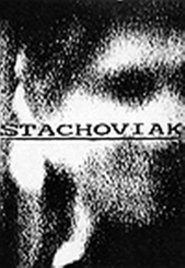 The story of the good citizen...
The story of the good citizen...